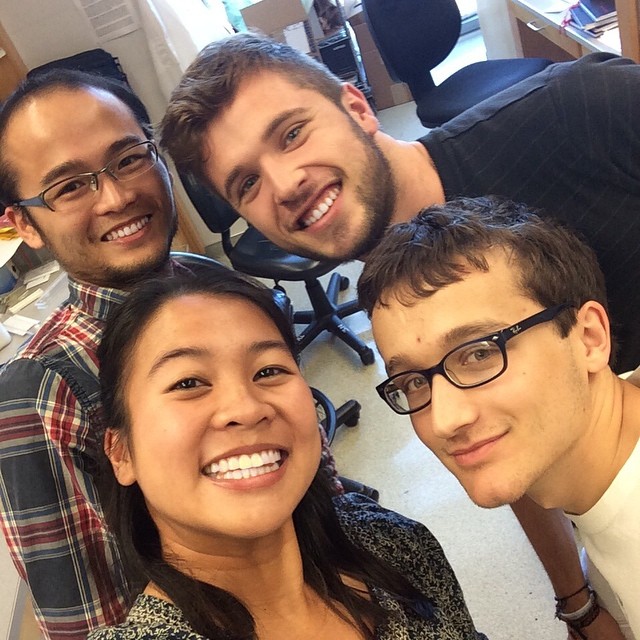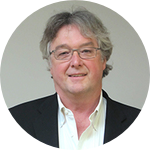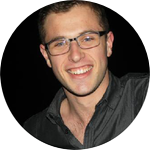About This Project
Non-coding RNAs regulate levels of gene expression in cells, meaning that we now have a unique tool that allow us to regulate gene expression. Our plan is to use non-coding RNAs to help in our effort to treat cancer.
Ask the Scientists
Join The DiscussionWhat is the context of this research?
It was recently discovered that about 98% of the Human Genome codes for what are known as non-coding RNAs. Understanding and utilizing the function of these non-coding RNAs is the future of biological research. They have a wide range of regulatory functions in cells, from down regulating to activating the expression of thousands of genes. Thus far, however, there have been relatively few therapies developed using this technology because it is still in its infancy. We seek to change that.
The expression levels of non-coding RNAs have been directly correlated with the level of gene expression. Cancer has been demonstrated to have compromised non-coding RNA expression levels.
What is the significance of this project?
Non-invasive, effective cancer treatments are one of the most sought after therapies in scientific research. And for good reason; the World Cancer Day initiative estimates that cancer prematurely claims the lives of 4 million people each year. That's primarily due to the fact that currently there aren't any reasonable ways to isolate and treat cancer cells in the body. Cancer cells are nearly indistinguishable from healthy cells other than the fact that they have altered gene expression, and so are very difficult to target.
We are very excited to launch this project and combine older gene therapy techniques with the newer ones in ways that haven't yet been done to address this significant roadblock in the development of cancer therapies.
What are the goals of the project?
Begin investigating the potential of gene therapy for cancer treatment.
Budget
Due to reductions in funding from traditional sources (such as the NIH) over the past few years, it's been increasingly difficult for scientists to conduct the necessary research to obtain preliminary data for grants.
Stretch Goal: This next goal will allow us to delve deeper into the project. We'll use these funds in any way we see fit in order to perfect our study and results and accrue more preliminary data for a larger grant in the future.
Funded Goal: These funds will serve to jumpstart the project and allow us to start examining the this new technology. Any further donations will help us expedite our data collection and allow us to faster actualize the powerful therapeutic implications of this project. We invite you to support our efforts in this exciting new endeavor that we strongly believe has a lot of promise!
All funds received will be acknowledged in any papers relating to this work that are published in scientific journals!
Meet the Team
Team Bio
Dr Dieter Gruenert
Dr. Gruenert received his Ph.D. in Biophysics from the University of California, Berkeley in 1982. Prior to his present position at UCSF, he was a Professor of Laboratory Medicine and the Co-Director of the Gene Therapy Core Center at UCSF (1992-1999), Professor of Medicine and Director, Division of Human Molecular Genetics at the University of Vermont (2000-2003), and a Senior Scientist and Head of the Stem Cell Research Program at the California Pacific Medical Center (2003-2010). His work focuses on development of adult, embryonic, and induced pluripotent stem cells as well as the development of pharmacological, genetic, and/or regenerative therapies. He has over 150 publications and holds 5 patents. He will be the lead researcher/directly supervising the research on this project.
Luke Gruenert
Dr. Gruenert's son, Luke Gruenert, is a prospective biological researcher in his first year as an undergraduate at Oberlin College. He took a gap year to work in the lab at UCSF, and was sponsored by Oberlin to continue the research there.
Additional Information
A picture of the Team! Shingo (top left), Luke (top right), Sarah (bottom left), and Martin (bottom right)

Some Induced Pluripotent Stem Cells (iPSCs) generated in the lab at UCSF.
So far, we are generating an initial plasmid, and this is a PCR analysis of its structure.
Project Backers
- 61Backers
- 110%Funded
- $8,835Total Donations
- $93.29Average Donation


